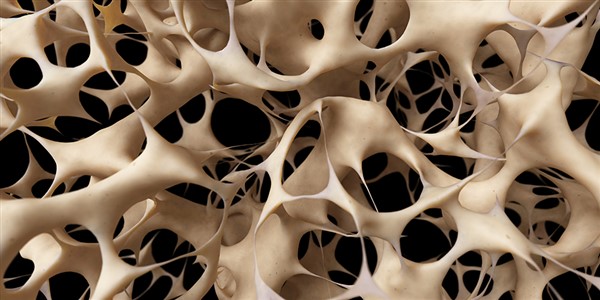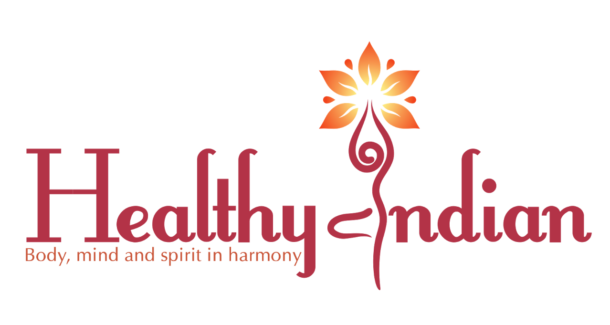Did you know that every 3 seconds, someone suffers from an osteoporotic (brittle bone) fracture? Did you know that there is a 50% chance of breaking a bone due to osteoporosis for women above 50? If you are like me, you don’t want to think of turning 50! Maybe you don’t even want to talk about the candle on your 40th cake!
When it comes to bone health and healthy aging, there are two numbers to think about. The first one is 30. Most people reach a peak bone mass in their late 20s. After this age, the process of bone mass building certainly continues. However, we tend to lose more bone mass than we gain. The net result is that the bone mass decreases as we move out of this age bracket.
The second number to think of is 50! More specifically, for women it’s good to remember “50 above 50”! This means about there is a very good (50%) chance that a woman will break a bone due to osteoporosis sometime in her life above 50. Men don’t do far better either. The statistics for men are that about one in four men (i.e. 25%) above 50 will break a bone due to osteoporosis. In the United States alone, about 700,000 spinal fractures and 300,000 hip fractures are reported in a year!
Let’s start with some basics. An adult human has two hundred and six bones. From a scientific or an engineering perspective, the architecture of bone and its structure at a very fine level is a marvel. Similarly, the mechanics of different joints such as ankles, shoulder, hips, and knee and the range of motion they offer are amazing. Our bones are ceramic-like and are not like solid steel or titanium rods. They are constantly dissolving and rebuilding! They also have some natural porosity i.e. they have some open spaces and this serves useful purpose such as allowing for calcium and other nutrients to flow inside and support bone formation.
Osteoporosis is a disease in which bones start to develop more and more holes in their structure causing them to lose strength. This happens when the process of bone dissolution occurs at a rate faster than that of bone rebuilding. Osteoporosis is a silent disease. The following image (Ref. New York Times) shows how a vertebra becomes more and more porous.
If you get a tooth infection, most likely you would be in pain and then see a dentist. Contrary to this, osteoporosis presents no sudden symptoms that suggest something is not right with your bones. It often gets diagnosed after a person breaks a bone as a result of a fall. Osteoporotic bones have lost density or mass. As bones become more porous, they become weaker and cannot take the load that they once could and are more likely to break. In some cases, people would notice they are getting shorter or are developing a curvature in the upper back.
The risk for development of osteoporosis for post-menopausal women older than 50 is high. The risk is higher for Asian women when compared to that for Caucasians, Latinos, and African-Americans. The risk for other ethnic groups is also high, but that for Asian population is even higher. This could be because of lactose intolerance and the resultant calcium deficiency. Also, slender women have less bone mass (compared to overweight or obese women) and are more likely to have osteoporotic bone fractures.
Some medicines such as blood thinners, steroids and proton pump inhibitors (PPI’s) can interfere with calcium absorption and cause bone loss and cause higher risk for osteoporosis. Of course, these medications have a useful purpose for people to whom they have been prescribed. So while you don’t want to stop taking the medications prescribed, a talk to your doctor would be useful.
So, what can one do reduce the risks of fractures? According to Dr. Dilip Shinde, who is a radiologist at the University of Pittsburgh’s Magee Women’s Hospital, “Osteoporosis can result in hip fractures even with minor falls. In some people, the hip may fracture resulting in a fall. ” The point being, osteoporosis makes the bone structure so fragile that it is unable to withstand the level of stress it once could.
Thus, weight-bearing exercises such as jogging, walking, dancing, golfing (walk instead of using a cart), playing tennis and other racquet sport would help maintain bone strength. It is important to consult your doctor to make sure that there are no other concerns, especially for people that have broken a bone before, as a result of an accident. Weight-bearing exercises are critically important, especially for people under 30. Even for people in the age group above 30, weight-bearing exercises will help maintain bone strength and health. Aerobic exercises such as swimming do not strengthen bones but they strengthen muscles. With stronger muscles from aerobic exercises as well as from the flexibility, and strength from yoga and tai-chi, your balance improves and the chance of falling and breaking a bone is lower.
Dr. Loren Fishman is a rehabilitation specialist at Columbia University in New York City and an author of several books related to yoga and its beneficial effects. According to Dr. Fishman certain yoga poses such as tree pose (Vriksasana), warrior two (Virbhadrasana), would help strengthen bones because of they involve weight bearing. Dr. Fishman and some of his collaborators even believe that certain yoga poses can help build bone mass because it stimulates osteocytes, cells that make bones. It is very difficult and expensive to prove an exact cause and effect relationships in such studies. Regardless there are plenty of other significant health benefits of yoga. These include reduction of stress, better posture, increased strength, and flexibility.
Foods rich in Vitamin D and calcium such as beans, green leafy vegetables, milk, yogurt etc. are good for slowing down bone loss. Vitamin D helps with calcium absorption. In some foods such as spinach, calcium exists but it is not bio-available. The calcium in spinach is bound to oxalic acid and is not available for bones! For beans, soaking them in water for several hours helps. This helps dissolve phytates that can interfere with calcium absorption. Too much of calcium in form of supplements can lead to other problems such as kidney stones, increased risk of heart attack and stroke.
Smoking, excessive alcohol use, lack of physical activity, increases the risk of fractures due to osteoporosis. Some factors such as your genes, race/ethnicity also affect chances of developing osteoporosis. So while, there is still no way to choose our genes, we can be more aware of any history of osteoporosis in the family. We can take preventive steps to make lifestyle changes, prevent the incidence of falling, and seek any treatments.
An important part of the prevention strategy is to minimize the chances of falling down in the first place. Taking proper precautions such as holding onto handrails while taking stairs, proper choice of footwear, being aware of your surroundings (includes not tripping while texting and walking at the same time), proper lighting can go a long way to reduce falls!
About the Author: Pradeep P. Fulay is Associate Dean for Research at the Benjamin M. Statler College of Engineering and Mineral Resources at West Virginia University. He is passionate about health and wellness and guest blogs on our site. For more information visit Pradeep’s website, goodtobefit.com.



